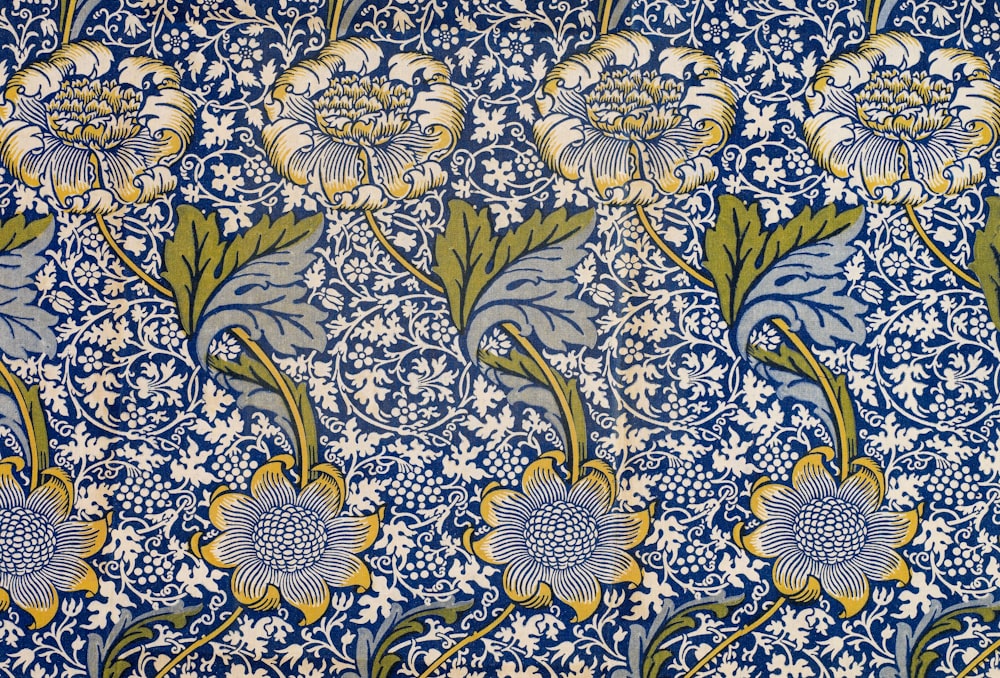Exploring the Vibrant Legacy of Impressionist Art
Origins and Influences
The roots of Impressionist art trace back to the 19th century, a period marked by a profound shift in artistic expression. Led by prominent artists like Claude Monet, Pierre-Auguste Renoir, and Camille Pissarro, the Impressionist movement sought to break away from the rigid constraints of academic painting. Inspired by the changing landscapes of industrialization, these artists ventured outdoors to capture fleeting moments of light, color, and atmosphere.
Techniques and Innovations
One of the defining features of Impressionist art is its emphasis on capturing the transient effects of natural light. Through rapid brushstrokes and a vibrant color palette, Impressionist painters recreated the play of sunlight on surfaces, resulting in dynamic and lively compositions. This departure from the meticulous detail of traditional art forms gave rise to a new way of seeing and experiencing the world.
Capturing Everyday Life
Unlike the historical and mythological subjects favored by academic painters, Impressionists focused on portraying scenes from everyday life. Whether it was bustling city streets, tranquil countryside vistas, or intimate domestic moments, these artists sought to capture the essence of modern life with immediacy and authenticity. This shift towards realism combined with a fresh approach to composition and color laid the groundwork for modern art movements.
Impressionism and Modernity
The emergence of Impressionism coincided with rapid social and technological changes, including the rise of industrialization and urbanization. As cities expanded and society evolved, so too did the subjects and themes explored by Impressionist artists. From bustling Parisian boulevards to serene rural landscapes, each painting offered a glimpse into the evolving tapestry of modernity.
The Role of Perception
Central to Impressionist art is the notion of perception and subjective interpretation. By depicting scenes through the lens of personal experience, these artists invited viewers to engage with their work on an emotional and sensory level. The Impressionist canvas became a mirror reflecting not just the physical world but also the artist’s impressions, memories, and emotions.
Legacy and Influence
The legacy of Impressionist art extends far beyond its initial movement, influencing generations of artists and shaping the trajectory of modern art. The emphasis on capturing fleeting moments, exploring the nuances of light and color, and conveying the immediacy of lived experience continues to resonate in contemporary art practices.
Revival and Rediscovery
In recent years, there has been a renewed interest in Impressionist art, with exhibitions, retrospectives, and scholarly studies celebrating its enduring appeal. Collectors and art enthusiasts alike are drawn to the vibrant energy, emotive power, and timeless beauty of Impressionist masterpieces, underscoring the lasting impact of this revolutionary artistic movement.
Appreciating the Beauty
Ultimately, the legacy of Impressionist art lies in its ability to captivate, inspire, and evoke a sense of wonder. Whether admiring a Monet water lily painting, a Renoir portrait, or a Degas ballet scene, viewers are transported to a world of vibrant impressions where art and life intersect in harmonious beauty. Read more about Impressionism




